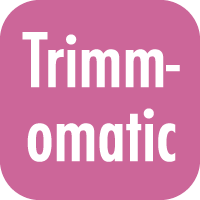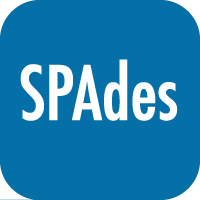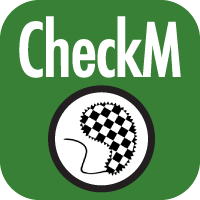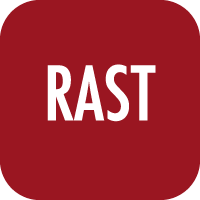Generated August 23, 2022
# Welcome to the Narrative
from IPython.display import IFrame
IFrame("https://www.kbase.us/narrative-welcome-cell/", width="100%", height="300px")
from biokbase.narrative.jobs.appmanager import AppManager
AppManager().run_app_bulk(
[{
"app_id": "kb_uploadmethods/import_fastq_noninterleaved_as_reads_from_staging",
"tag": "release",
"version": "31e93066beb421a51b9c8e44b1201aa93aea0b4e",
"params": [{
"fastq_fwd_staging_file_name": "117_S48_R1_001.fastq.gz",
"fastq_rev_staging_file_name": "117_S48_R2_001.fastq.gz",
"name": "Unknown_117_paired_reads",
"sequencing_tech": "Illumina",
"single_genome": 1,
"read_orientation_outward": 0,
"insert_size_std_dev": None,
"insert_size_mean": None
}]
}],
cell_id="b27b9803-b98c-4de6-9eb7-bafea4d313c2",
run_id="49947758-6fa6-46af-aea4-dea736eb585b"
)


| Created Object Name | Type | Description |
|---|---|---|
| Unknown_117_paired_trimmed_paired | PairedEndLibrary | Trimmed Reads |
| Unknown_117_paired_trimmed_unpaired_fwd | SingleEndLibrary | Trimmed Unpaired Forward Reads |
| Unknown_117_paired_trimmed_unpaired_rev | SingleEndLibrary | Trimmed Unpaired Reverse Reads |


| Unknown_117_paired_trimmed_unpaired_rev |
| Unknown_117_paired_trimmed_unpaired_fwd |
| Unknown_117_paired_trimmed_paired |
| Created Object Name | Type | Description |
|---|---|---|
| Unknown_117_trimmed_SPAdes.Assembly | Assembly | Assembled contigs |

| Created Object Name | Type | Description |
|---|---|---|
| Unknown_117_SPAdes_Prokka_annotation | Genome | Annotated Genome |


| Unknown_117_SPAdes_RAST_annotation |
| Created Object Name | Type | Description |
|---|---|---|
| Unkn_117_RAST_genomeset | GenomeSet | KButil_Build_GenomeSet |


| Unknown_117_SPAdes_Prokka_annotation |
| Created Object Name | Type | Description |
|---|---|---|
| Unknown_117_genomeset | GenomeSet | KButil_Build_GenomeSet |



| ProkkaAnnotation:3.2.1:EC:2022_02_23_21_53_57 |
| None |

| Created Object Name | Type | Description |
|---|---|---|
| Unknown_117_SPAdes_RAST_annotation | Genome | RAST re-annotated genome |

| Created Object Name | Type | Description |
|---|---|---|
| Unknown_117_RASTandProkka | Genome | RAST re-annotated genome |
